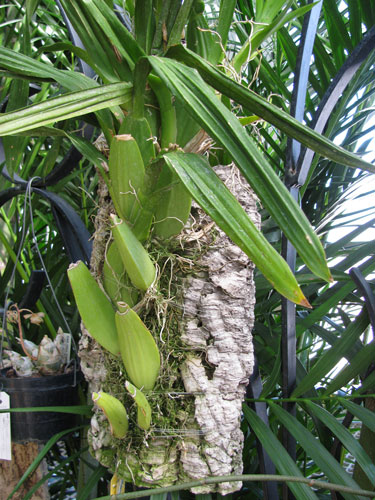Sympodial Orchids
Sympodial orchids are one of the two main growth habits of orchids (monopodial orchids are the other kind.) These plants have a rhizome at the base (usually horizontal, at least when they are grown in pots), with a series of growths developing upward from it.